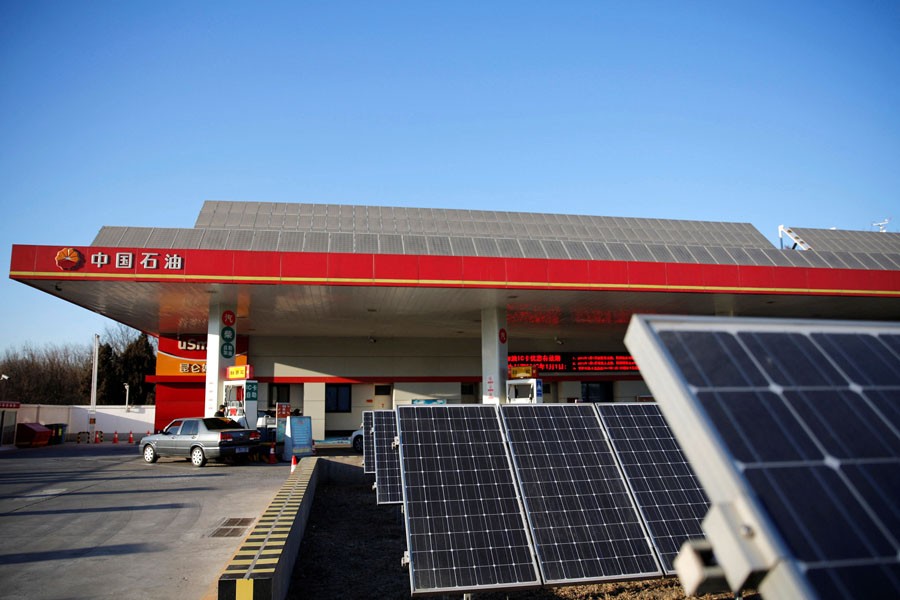
China's blistering solar power growth runs into grid blocks
Thursday, 23 May 2024

BEIJING, May 22 (Reuters): China's breakneck build-out of solar power, fuelled by rock-bottom equipment prices and policy support, is slowing as grid bottlenecks pile up, market reforms increase uncertainty for generators, and the best rooftop space runs short.
Last year, China expanded its solar fleet by 55 per cent. The momentum continued through the first two months of 2024, but in March new solar build fell 32 per cent year-on-year to the lowest level in 16 months, official data and Reuters calculations show.
The country's solar power expansion is slowing due to tighter curbs on supplying excess power from rooftop solar into the grid and changes in electricity pricing that are denting the economics of new solar projects.
Forecasts show China's solar build this year will be heavily outpaced by growth in its photovoltaic (PV) module manufacturing capacity, raising the prospect the country will export more solar panels despite a trade backlash in Europe and the US
The main factor slowing the expansion of distributed solar - installations built near the point of use, mostly on rooftops - is that there is not enough storage or transmission capacity to soak up the excess power generated when the sun is shining.
That in turn is leading regulators to take away some of the price support that led to the rapid growth of distributed solar.
"In the next couple of years, this is going to be a huge problem that all provinces will face as grids are oversaturated, the infrastructure is overwhelmed," said Cosimo Ries, an analyst with Trivium China, a policy research group.
The problem has hit several regions that were heavy adopters of distributed solar, which made up 42 per cent of the national solar fleet last year, but is especially acute in provinces such as Shandong in the north.
State broadcaster CCTV said up to 50-70 per cent of distributed solar generation is being curtailed in Shandong, which means grid managers have had to stop that amount of supply coming into the grid in order to maintain balances with demand.
China has tried to limit curtailment of renewable energy to 5 per cent, in line with rates of 1.5-4 per cent in most big markets, according to the International Energy Agency.
But in a survey of six provinces' ability to absorb distributed solar, China's energy regulator last year found five expected to have to impose restrictions on new projects in 2024.
China's rapid solar rollout has put it on track to meet its renewable goals years ahead of schedule, with installed solar capacity of 655 gigawatts (GW) as of March, the most in the world by far, well ahead of second-placed United States with upwards of 179 GW at the end of 2023.
But forecasts for the solar rollout this year vary sharply. S&P Global Commodity Insights expects new installations to rise 4 per cent in 2024 from 217 GW last year, saying first-quarter additions were stronger than expected even with the March drop-off, while Rystad analysts see a 6 per cent increase.
In contrast, the China Electricity Council expects new installations to drop by 20 per cent this year, while a Chinese PV industry association in February forecast they could fall 12 per cent.
Lagging grid investment and uncertainty created by ongoing electricity market reforms loom as challenges, said Holly Hu, S&P Global Commodity Insight's principal analyst for clean energy tech.
Renewable generators previously enjoyed a guarantee that grid operators would buy nearly all of their power at a rate tied to the coal index. That guarantee was lifted on April 1 and took effect earlier in some places, three industry experts said.
Now, renewable generation is increasingly subject to less favourable market pricing.